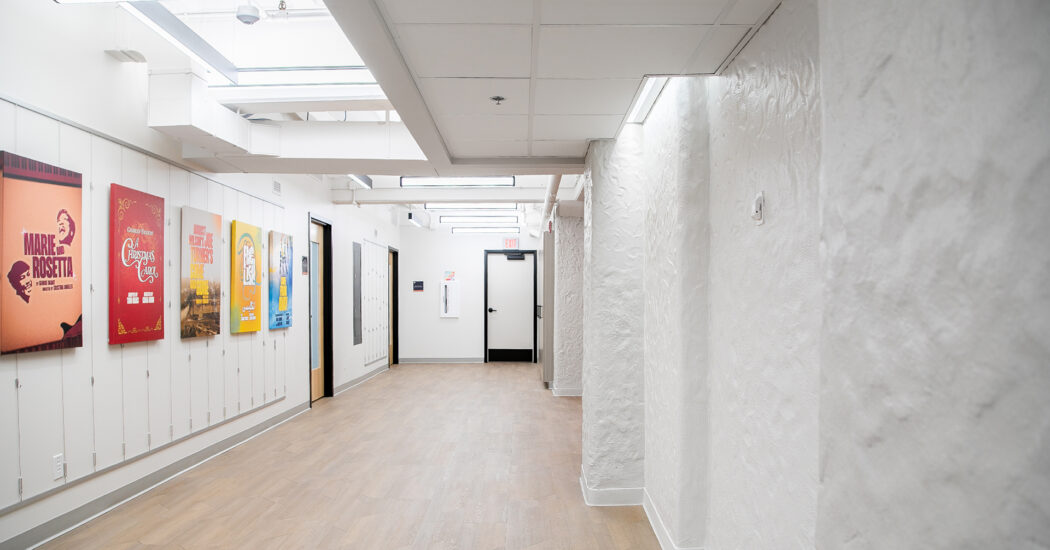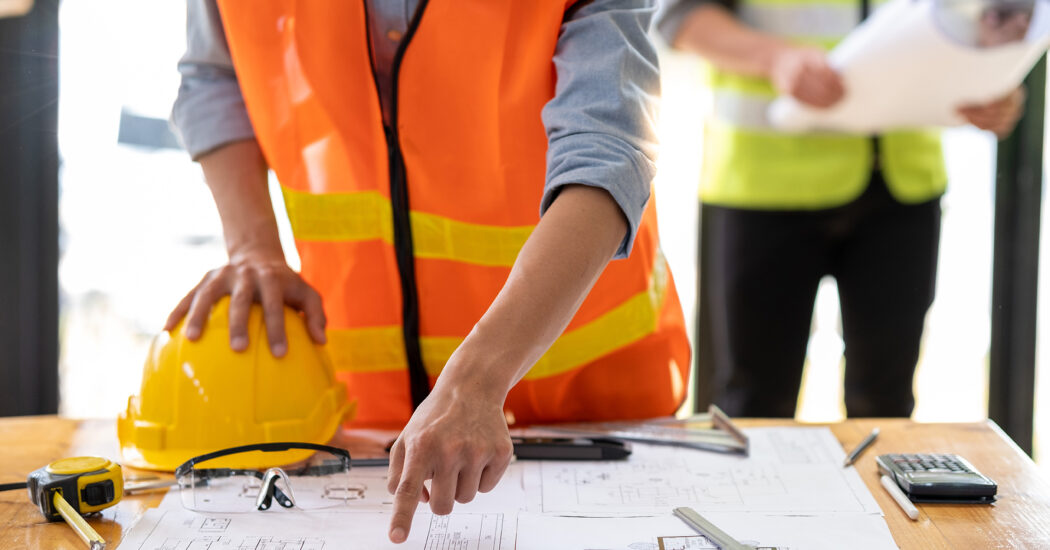Fourth in the Series: How to Balance Your Geothermal Design with Your Building Load
-
Category
Innovation -
Posted By
Eric Broemel -
Posted On
Apr 01, 2014
The demand for heating, cooling and hot water—what architects and engineers call “building load”—is constantly changing.
Note that balancing building loads is very different if you are designing a hospital versus an office building, school, or condominium. But even buildings used 24 hours a day, seven days a week, have fluctuations in demand for heating and cooling.
At night, most office buildings and schools are unoccupied; lights and electrical equipment are shut off. For all buildings, there are no solar gains at night, the outdoor temperature is lower and ventilation rates are usually reduced.
During the day, outdoor air temperatures increase, people occupy the building, the mass of the building increases in temperature and solar gains shift from one side of the building to the other from morning to afternoon. Cooling loads typically increase and heating loads are further reduced.
To optimize the design of a geothermal system and its geothermal heat exchanger (GHX), the system designer must work in an integrated design process with the Owner, architect, and other members of the design team to balance the loads.
An energy model is used to determine the impact of changes to the building or building systems and the impact of the changes to the GHX.
How do you know if your geothermal system balances building loads? A well designed system is just the right size and type to handle the hottest days and coolest nights, and it is able to compensate for the variations in the energy model projects. A well designed geothermal system will produce maximum energy (and money!) savings, and it will keep your operations running smoothly and your occupants comfortable.







